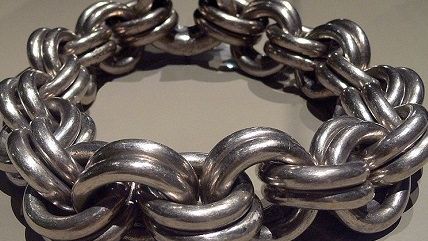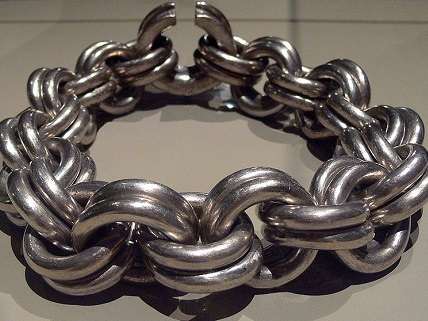Did Silver Soar?
In reason's June 1978 financial issue, Charles R. Stahl boldly proclaimed silver "the superinvestment of the decade ahead."


In reason's June 1978 financial issue, Charles R. Stahl boldly proclaimed silver "the superinvestment of the decade ahead."
Citing both dwindling global reserves and an expected growth in demand-driven in part by the use of silver in new technologies-Stahl predicted that there would be a "period of actual silver shortage" sometime in the early 1980s. Silver-iron batteries were coming to market, with new uses emerging in the telecom industry and several possible military applications. Even silver coins were coming back in fashion. "In the years to come," Stahl wrote, "we will probably see a growing need for silver by current users, and new uses are likely to find worldwide acceptance."
Noting the time it would take to bring new mining projects into production, Stahl predicted a significant increase in the price of silver, with a possible height of $16 per ounce by 1985.
Whether for the reasons Stahl laid out or just sheer luck-or some combination of the two-silver prices rose rapidly over the next two years. By the beginning of 1980, the price of silver had far exceeded Stahl's expectations, reaching an all-time high of almost $50 per ounce ($102 in 2012 dollars).
But Stahl was not merely predicting a temporary jump in the price of silver. He viewed the metal as a sound investment for the long term, saying that "those who buy silver outright and hold bullion for a number of years should reap substantial profits irrespective of temporary fluctuations."
Unfortunately for readers who took this advice, Stahl's long-term predictions proved dreadful. Far from being the "superinvestment of the decade ahead," silver prices crashed as quickly as they had risen, and they remained low long after the boom was a distant memory. It wasn't until 20 years later, in February 2008, that silver reached the same inflation-adjusted value that it had held at the time Stahl's piece was published.
With hindsight, it's clear that Stahl's recommendation came at the beginning of a financial bubble. His predictions ought to serve as a warning for readers considering the advice of financial commentators bearing bold predictions.


Show Comments (215)